Key Takeaways
- Sand flea bites appear as itchy, clustered red bumps, typically on lower legs.
- Simple home treatments like washing, anti-itch creams, and cold compresses quickly relieve symptoms.
- Bites most commonly occur at dawn, dusk, or after rain.
- Prevention strategies include timing beach visits, using physical barriers, and applying repellents.
- Seek medical attention if bites worsen, show infection signs, or involve embedded fleas.
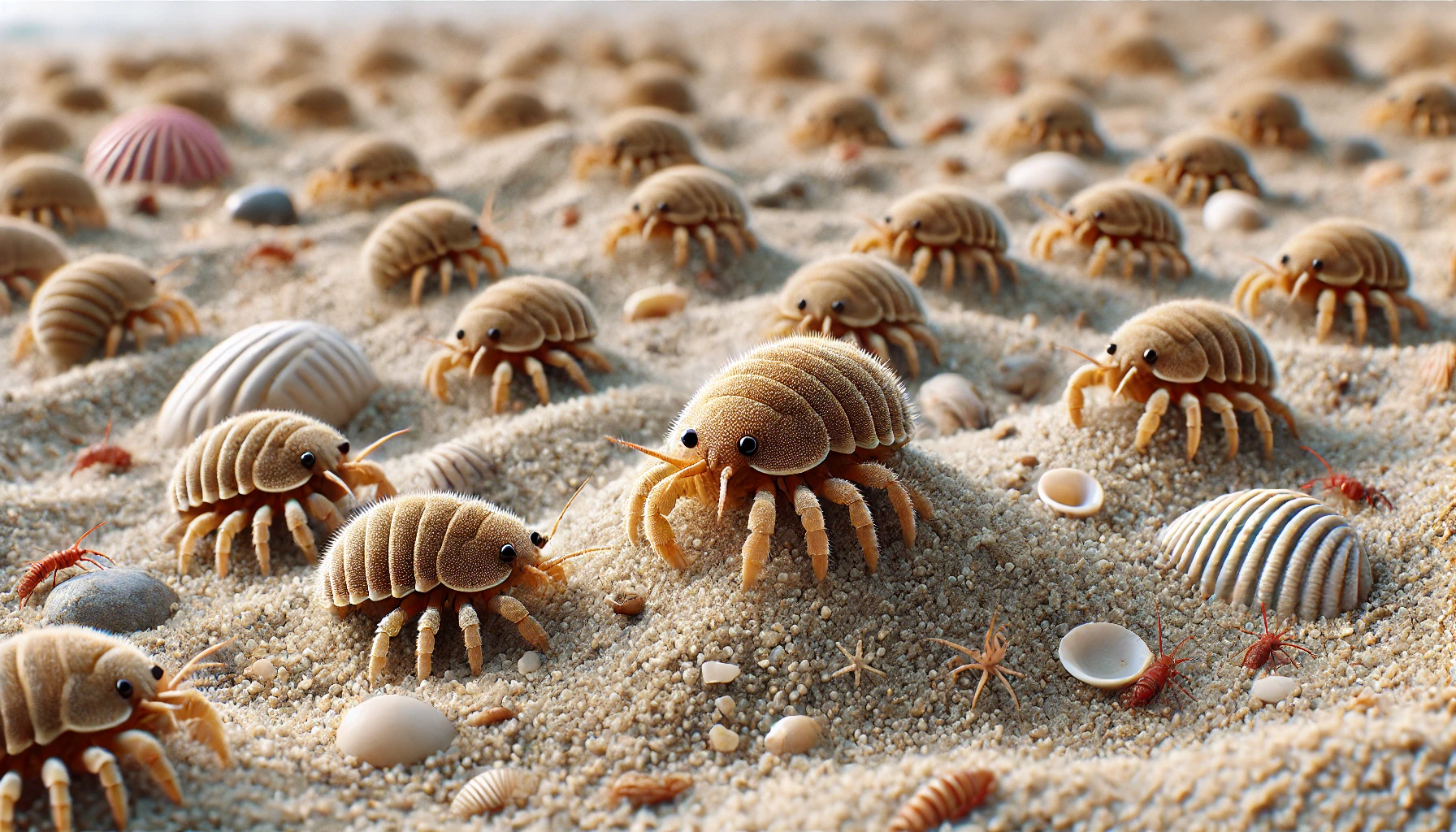 Sand flea bites can quickly spoil your family beach vacation, leaving everyone scratching itchy red bumps. But what exactly are these pesky critters, and how do you effectively treat and avoid their bites?
This guide covers everything U.S. families need to know, from recognizing sand flea bites to easy prevention tips for your next seaside adventure.
Sand flea bites can quickly spoil your family beach vacation, leaving everyone scratching itchy red bumps. But what exactly are these pesky critters, and how do you effectively treat and avoid their bites?
This guide covers everything U.S. families need to know, from recognizing sand flea bites to easy prevention tips for your next seaside adventure.


Not getting a solution?
Get your free pest control estimate today!What Are Sand Fleas?
- Despite their name, sand fleas aren’t fleas. They’re small creatures commonly found in sandy beach areas, and two main types are often confused:
-
Beach Hoppers: Tiny crustaceans that hop around in the sand. Harmless and don’t bite humans, but their movements can cause confusion.
-
Chigoe Fleas (Tunga penetrans): Tiny true fleas found mostly in tropical regions. They burrow into the skin and cause severe irritation, but are rare in the U.S.
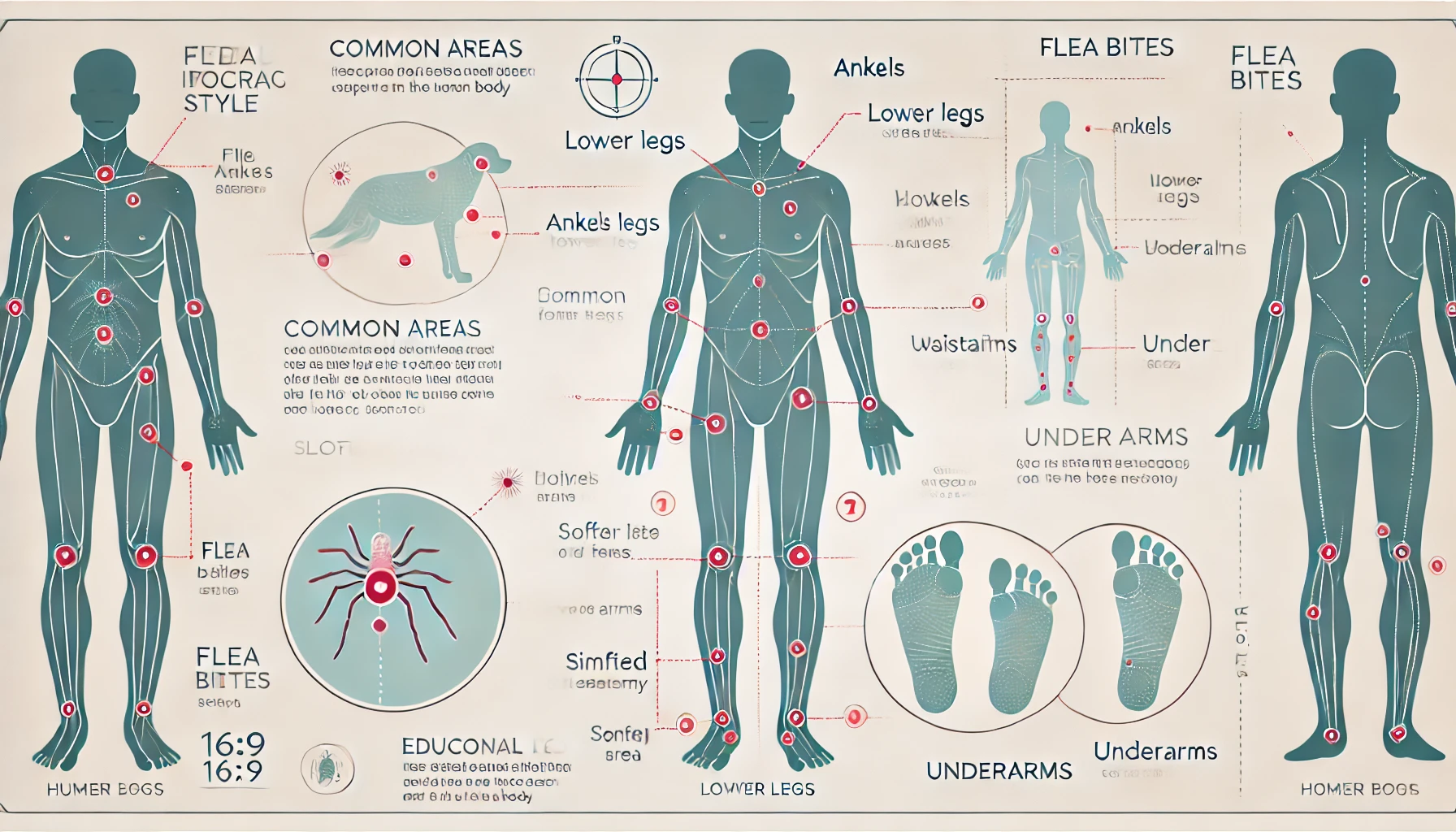
How to Identify Sand Flea Bites
- Sand flea bites typically present as tiny, itchy, red bumps. Key signs include:
-
Clustered Bites: Look for small, red bumps grouped around feet, ankles, or lower legs—common contact points during beach visits.
-
Intense Itching: Bites often cause strong itching, along with possible swelling or inflammation.
-
Delayed Reaction: Symptoms typically appear a few hours after exposure and may intensify at night.
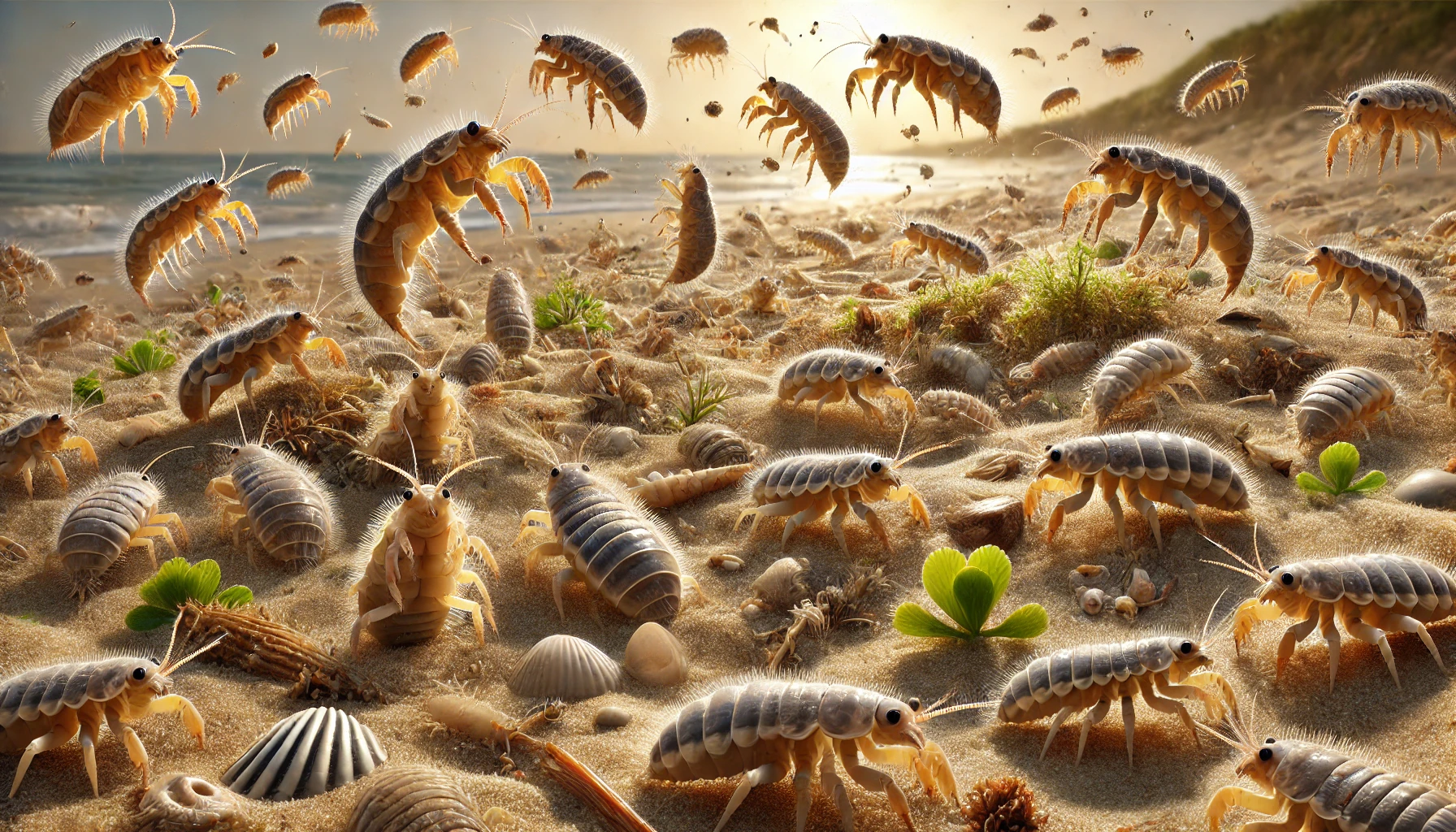
Sand Flea Behavior: Why and When They Bite
Understanding the habits of these pests can significantly reduce your chances of being bitten:- Sand fleas are most active at dawn and dusk. They prefer cooler, less sunny times, making early mornings and evenings their prime feeding times. Planning beach activities during midday can significantly reduce bite exposure.
- Height limitation: They can only jump 8–15 inches off the ground, which explains why bites are usually limited to the lower legs. Using beach chairs or hammocks rather than sitting directly on the sand can help avoid bites.
- Increased activity after rain: Moist conditions after rainfall encourage their presence, increasing the likelihood of a bite. Waiting for the beach to dry fully before visiting can lower your risk.
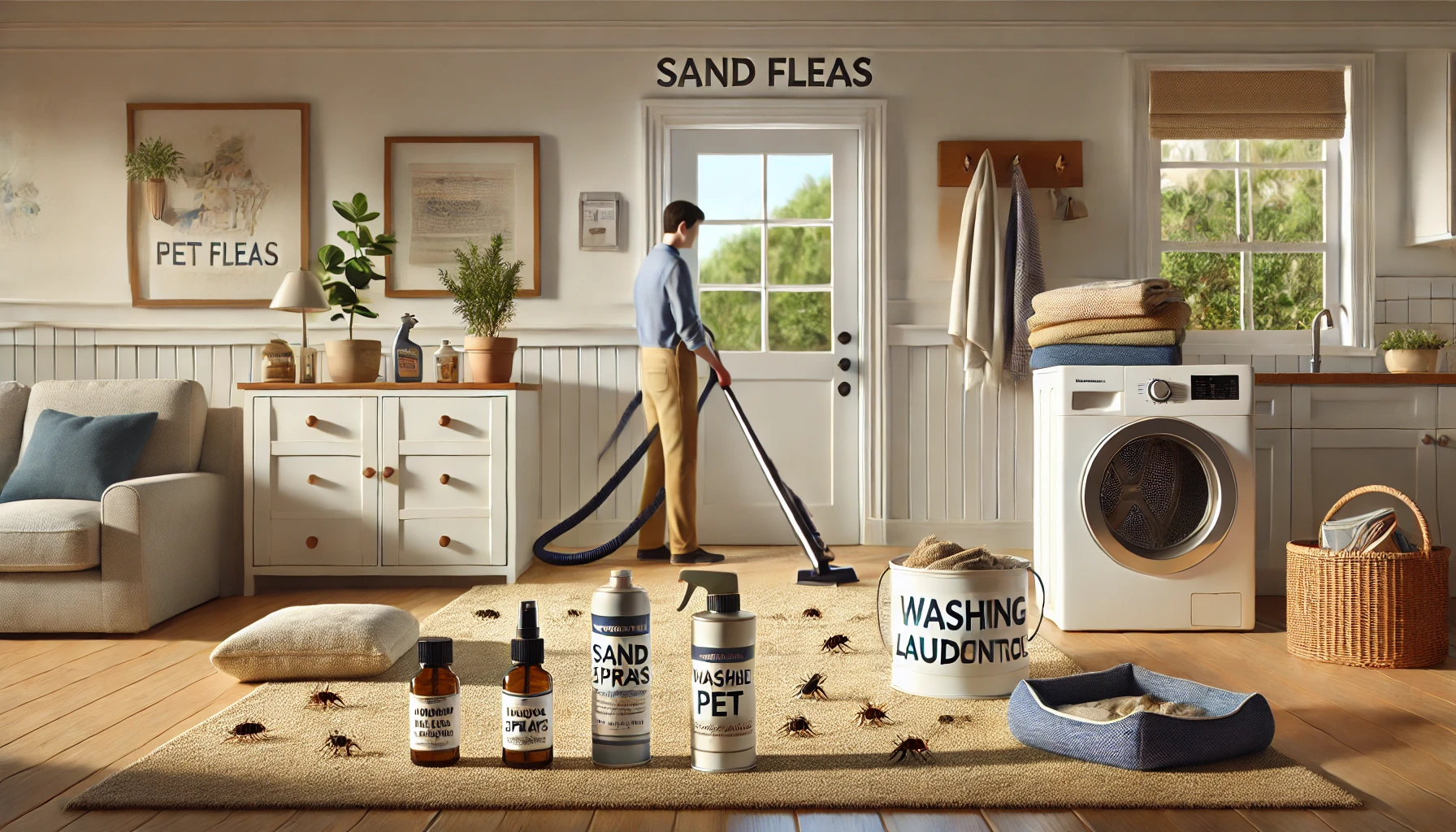
Simple Home Treatments for Sand Flea Bites
Fortunately, sand flea bites usually heal quickly with simple home treatments. Here’s what you can do immediately: Step 1: Clean the Area- Wash the bites with soap and cool water to prevent infections and remove irritants like sand or salt.
- Use a cold compress or ice pack wrapped in a cloth for immediate itch relief and to reduce swelling.
- Apply over-the-counter hydrocortisone cream or calamine lotion directly to the affected areas.
- Natural remedies such as aloe vera gel, baking soda paste, or oatmeal baths can relieve effectively.
- Scratching can break the skin, increase irritation, and lead to infections. Cover bites with a bandage or wear socks overnight to prevent scratching during sleep.
- Keep an eye on the bites. If redness, swelling, or pain worsens significantly, consult a healthcare professional promptly to rule out infections.

When to Seek Medical Attention
In rare instances, sand flea bites can become problematic. You should consult a doctor if you experience:- Signs of infection (increased redness, pus, fever).
- Severe reactions, like extensive swelling, blisters, or intense pain.
- Suspected embedded fleas after tropical travel (visible black dot in the center of the bite).
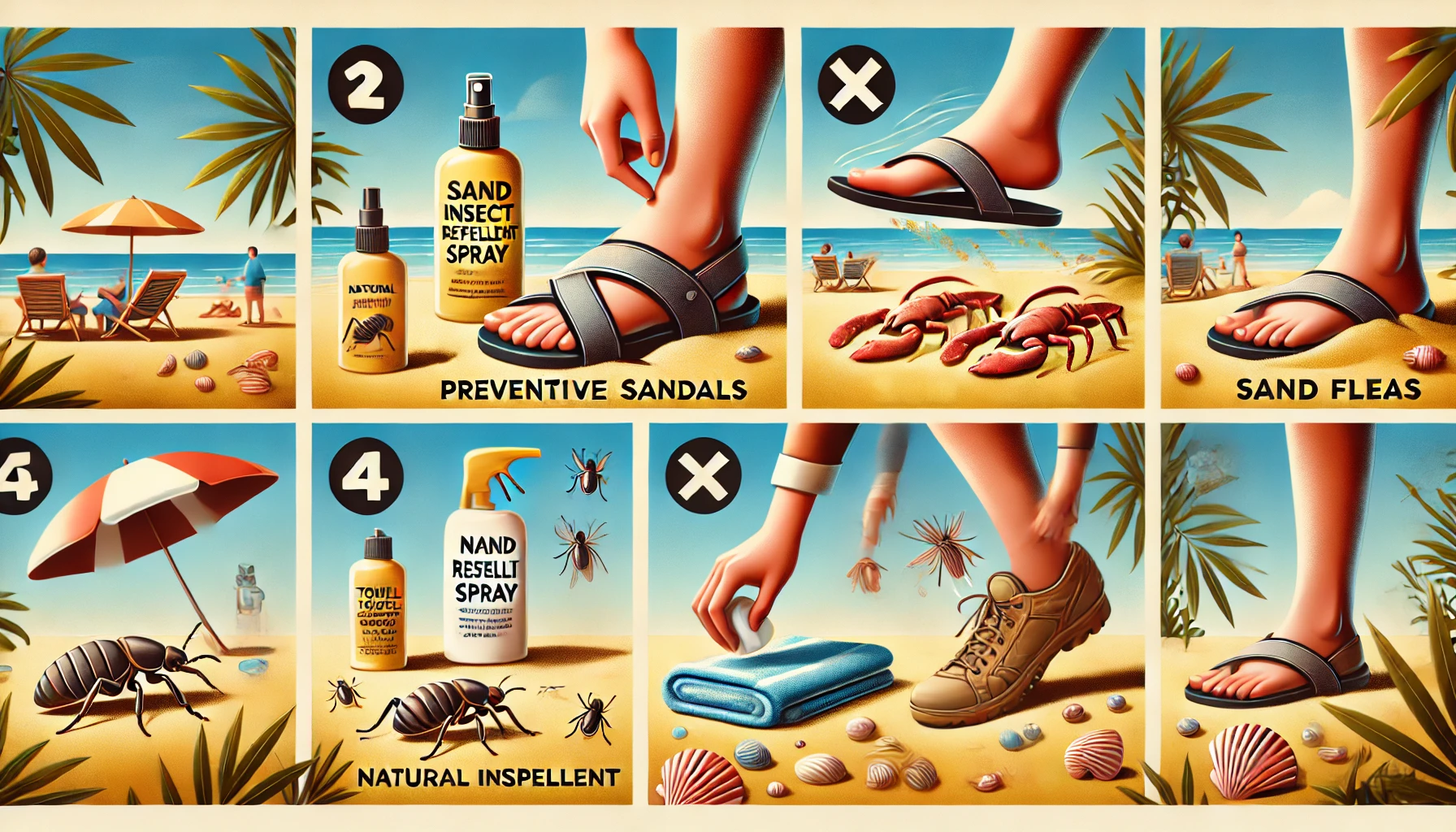
Practical Prevention Tips for Families
The best way to deal with sand flea bites is to avoid getting them in the first place. Follow these practical strategies: Time Your Beach Visits- Go to the beach during midday when fleas are less active.
- Avoid beaches after rain until the sand has thoroughly dried.
- Use beach chairs, hammocks, or towels instead of sitting directly on the sand.
- Wear sandals or water shoes and consider socks or long pants during peak activity times.
- DEET-based repellents may offer some protection, though results vary depending on the biting insect species.
- Natural options, like coconut oil applied to feet and legs, create a slippery barrier that’s effective against these tiny pests.
- Always rinse with fresh water after beach visits to wash away any lingering irritants that could cause itching.
- Wash beach gear regularly to remove potential pests and prevent further irritation or infestation.
Dispelling Common Sand Flea Myths
It’s easy to confuse sand fleas with other biting insects, leading to unnecessary worry. Let’s quickly clear up some common myths-- Myth: Sand fleas infest homes like regular fleas.
- Truth: They rarely leave sandy environments and don’t infest homes or pets.
- Myth: Sand fleas transmit diseases efficiently.
- Truth: Common sand flea bites in the U.S. generally don’t carry diseases, though scratching may lead to infections.
- Myth: Sand fleas and sandflies are the same.
- Truth: Sand fleas are crustaceans or tiny fleas; sandflies are flying insects. Prevention and treatment advice applies similarly to both.
Visit our Species, Control, and DIY Guide sections for additional resources on flea and ways to tackle a flea infestation.





